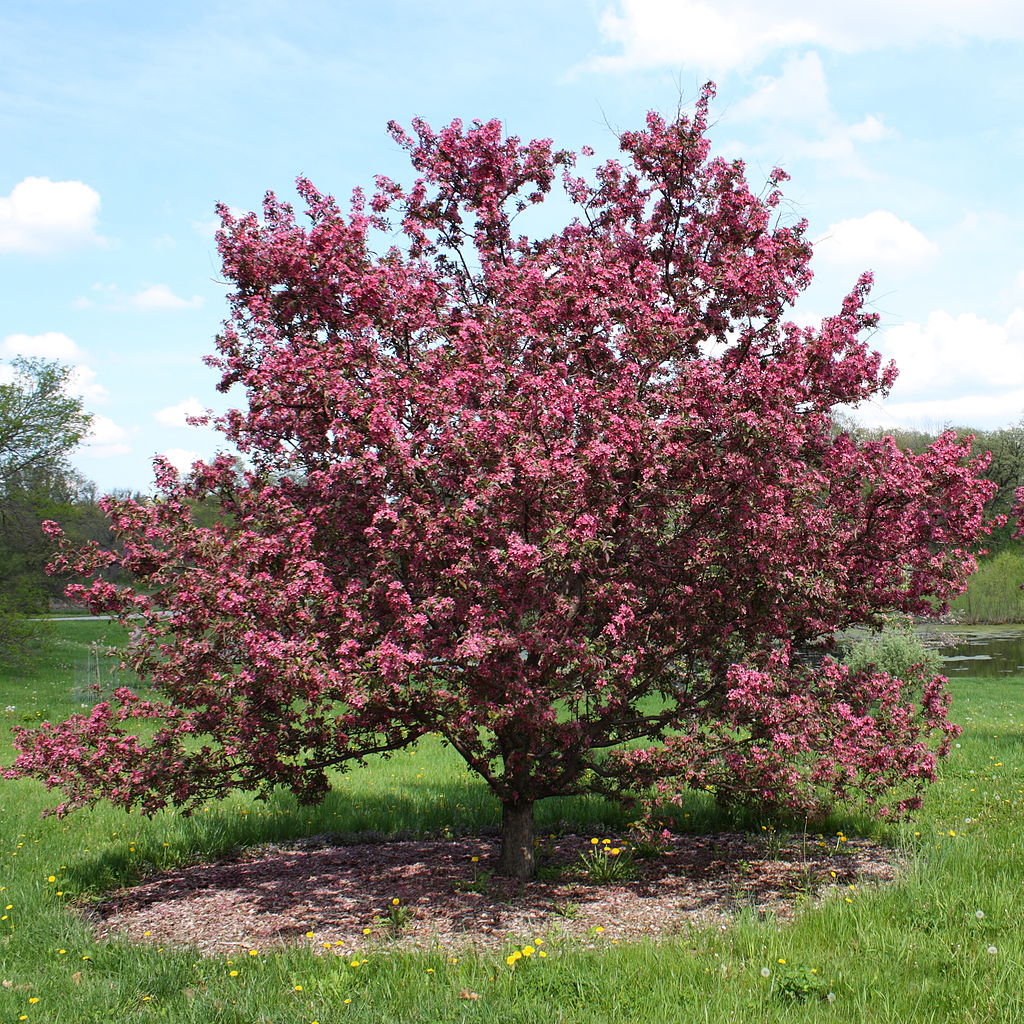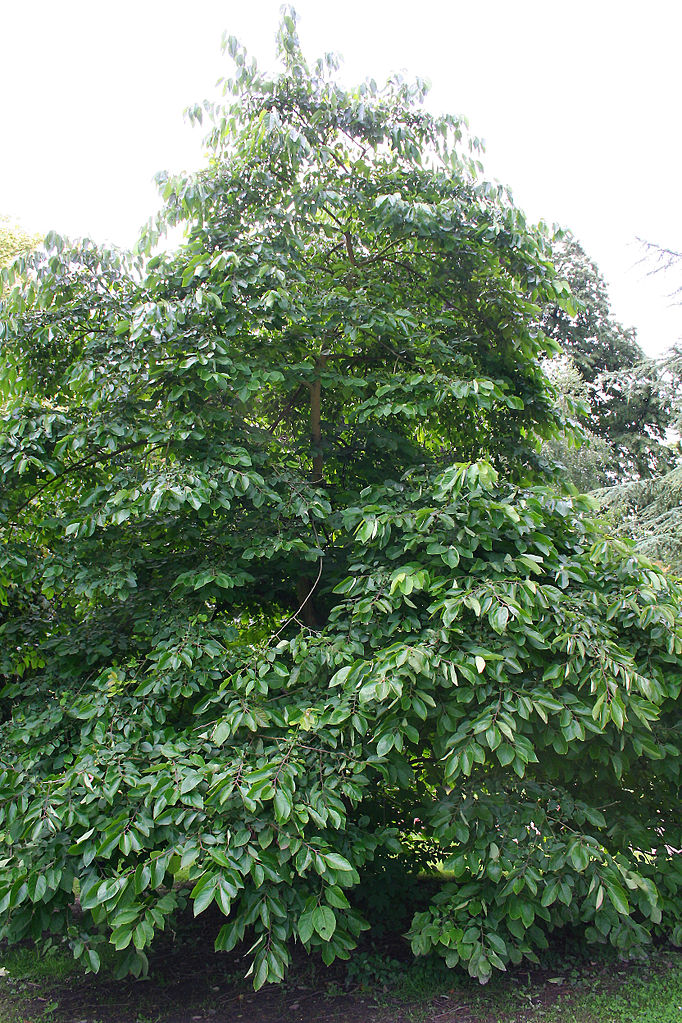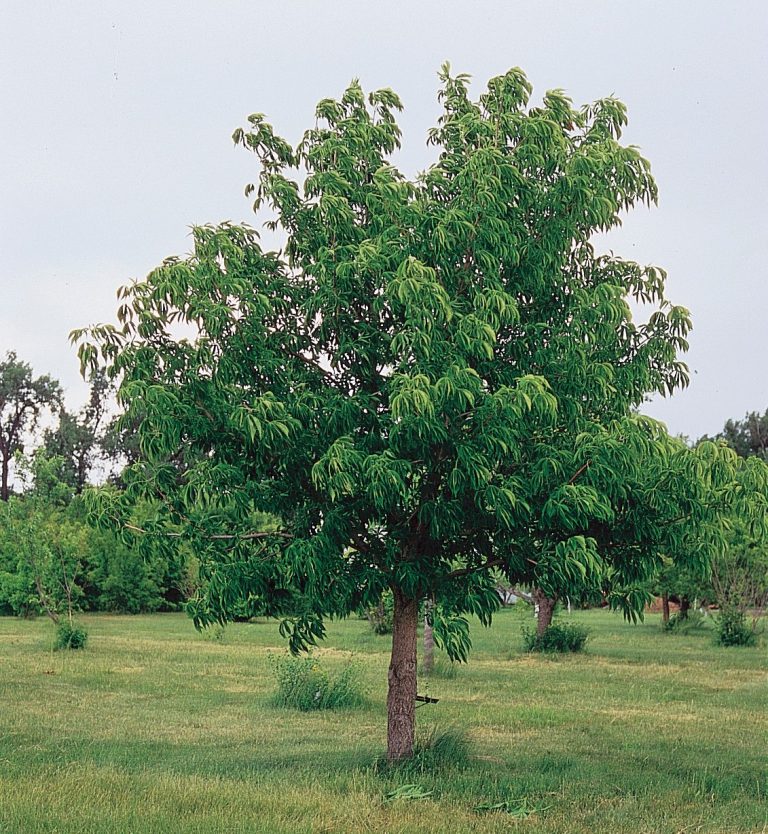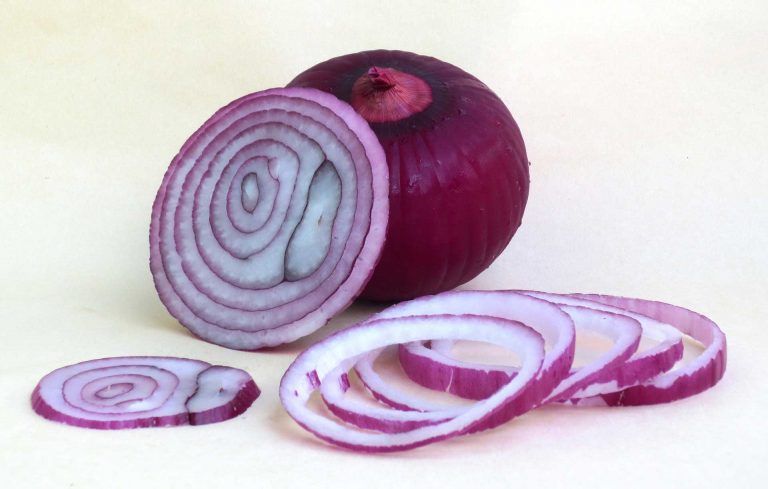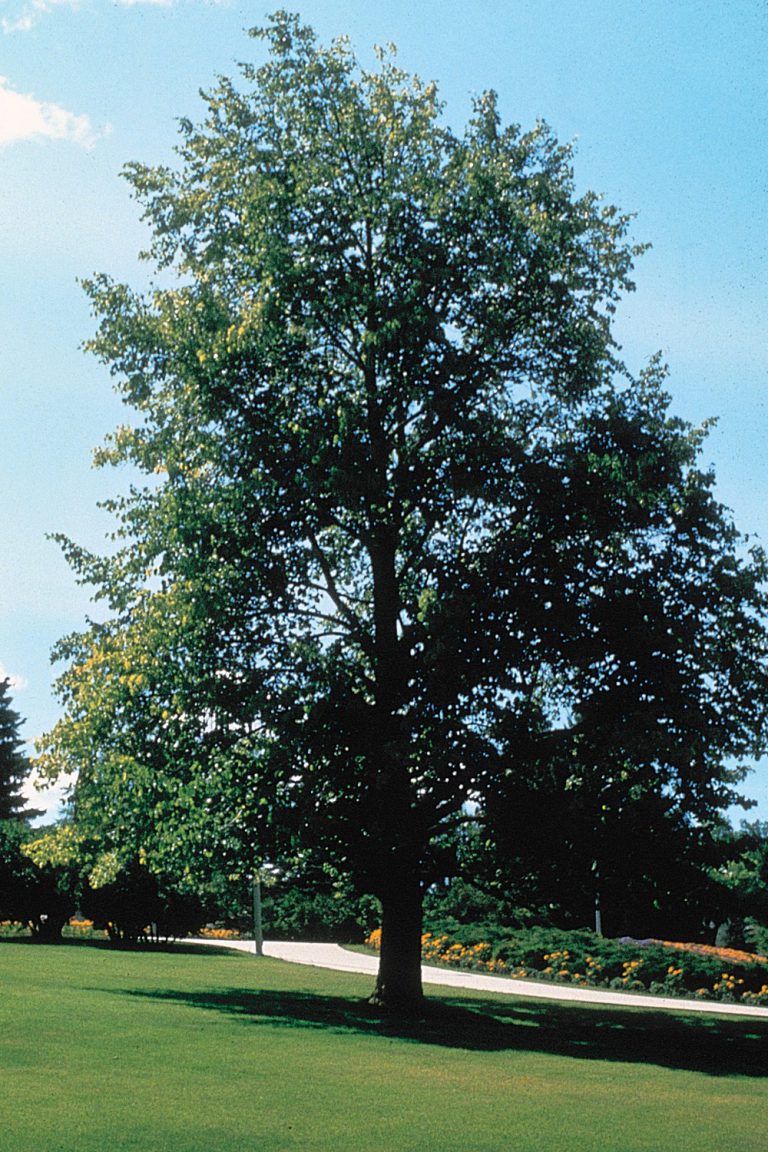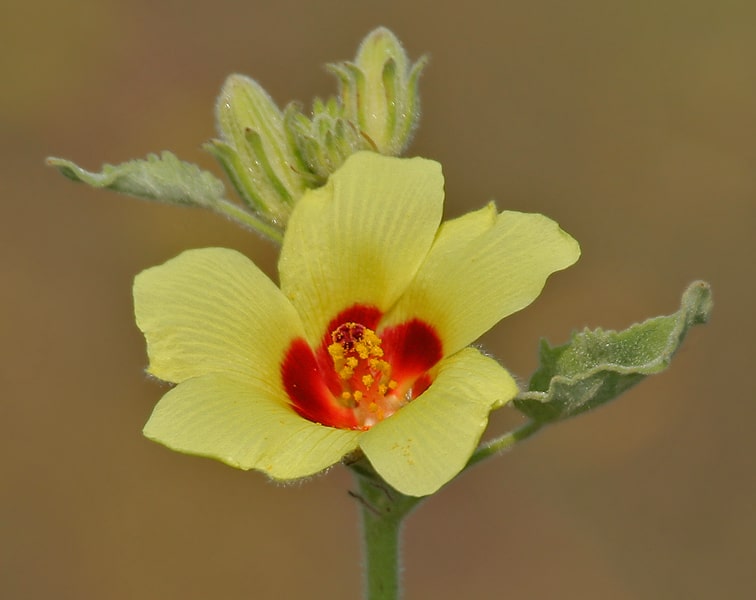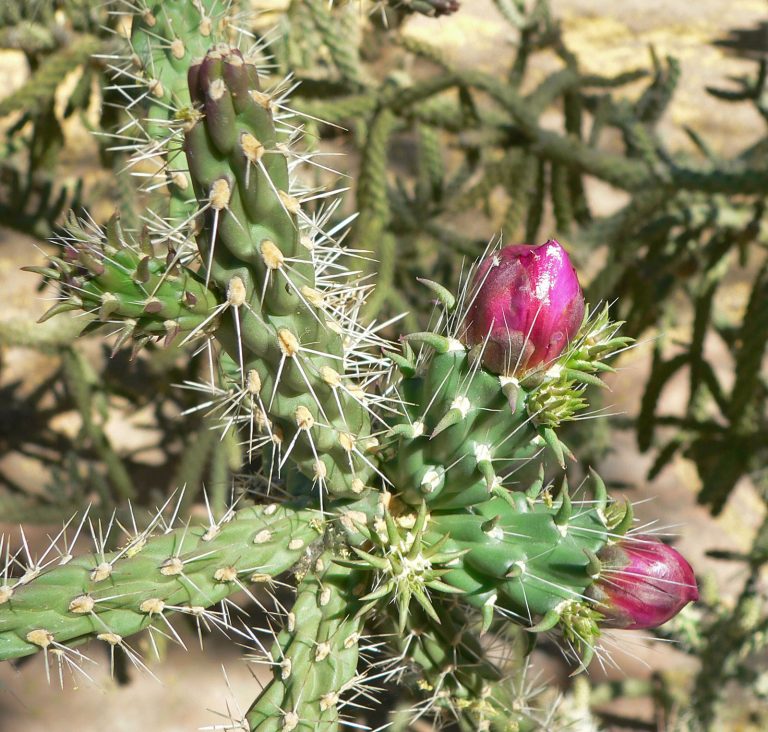Crabapple
Scientific Classification
| Kingdom: | Plantae |
| (unranked): | Angiosperms |
| (unranked): | Eudicots |
| (unranked): | Rosids |
| Order: | Rosales |
| Family: | Rosaceae |
| Subfamily: | Amygdaloideae |
| Tribe: | Maleae |
| Subtribe: | Malinae |
| Genus: | Malus |
Only a few plants are available, that generate more visual impact or rouse interest in all four seasons, apart from the blooming crabapple. During the spring season, all eyes are attracted to the fragile colors that the buds and foliage exhibit. In the closed position, the buds of the flowers display a certain color, but at the time when they bloom, they are formed into an array of colors that exhibit a fantastic floral appearance. In due course, they become paler, and the leaves contribute slightly to the landscape.
As the autumn pulls in, the fruits and foliage of the crabapple bring about changes to suit the vivacious colors that display the vibrant colors of an artist’s brush. The leaves that fall on the ground, expose the magnificent colors of the fruit. The winter snow marks the branches, fruit and shape of the tree. It is not surprising to say that the crabapples are named as “Jewels of the landscape”
The shapes and growing pattern of the crabapple differs. The various shapes are round, weeping (pendulous), spreading (horizontal), vase (shape), upright (columnar) and pyramidal.
Owing to its adaptability, crabapple trees have an outstanding selection for use in homes, parks, schools, commercial and public landscaping and plantings on the highway.
- Crabapple is very sour to taste, even then it makes a delicious dish as a jelly.
- Several birds eat the apples and mammals eat those that are fallen.
- The wood of the crabapple tree is used for burning as well as for carving.
Anatomy
The crabapple constitutes one of the small trees that is the deciduous type, hardly attaining the height of 8m. They grow in scrubland, hedgerows and woods in all soils other than acid soils.
Those flowers that emerge in bunches, are crimson color as buds and when they blossom, they are white to pale pink inside. They have yellow anthers.
The diameter of a fully developed apple is 2.5 cm. They are green in color in the initial stages of autumn, and until winter, they do not attain the golden color and are not completely ripened.
The symptoms that the tree is probably of the cultivated breed (Malus Domestical) are when the stalks of the flowers and foliage are hairy and when the fruit size is more than 3 cm in diameter.
Habitat
The places where the Crabapple trees grow are on the borders of the fields, in woods and on the margins of the prairies. Their flowers are ideal for most of the insects. They are normally seen in hedges and Oak woods. They are indigenous to locations that are cool- and of the cold temperature of Russia and Asia. It was in the 18th century that they came to the United States.
GROWING AT HOME
Soil for Planting
Crabapples that are of the flowering variety are adjustable to different soils, however, they grow well in soil that is rich and loamy (with a combination of silt, clay and sand). Apart from the type of soil, proper irrigation is a must for the health of the tree. The ideal soil for the best growth of crabapples are those that are moderately acidic, moist and of pH equal to 5.0 -6.5. Avoid too much moisture and low spots, however crabapple trees are adaptable to comparatively dry locations, provided the stress in the plant is brought to a minimum, following the initial year of transplanting.
The unhealthy appearance is a sign OS stress in the plants (for example, poor color of the leaves and scorched leaves), is a signal of unhealthy conditions of the surroundings.
Planting
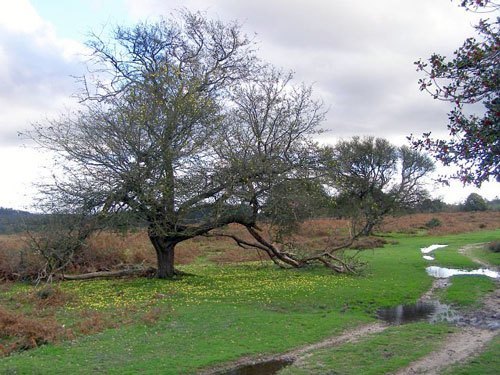
Photo by: Jim Champion
You can plant Crab apples of the flowering types in any part of the year. Burlapped (B&B) and balled stalk and trees from the containers are planted following the end of the spring frost, all through the frost and till almost 3 weeks prior to the spring. The trees that are bare rooted are too much stressed; if you plant them much after the beginning of spring.
Take all steps to prevent the root ball and the roots from drying, prior to planting. In case the roots of the trees are bare, dig the hole for planting, sufficiently deep and wide to permit the natural extension of the root system. Never allow the roots to bend or cramp while fitting it into the hole. This results in girdling (strangling) roots that gradually kill the tree. Before planting, snip off the damaged roots above the damaged portion.
Fill back the hole with a mixture of 50-50 organic matter (like compost, leaf humus and peat moss) and the original soil. Never compact back the soil about the root ball. In its place, pour water to settle the soil around the roots and when ¾ of the hole is filled, and all the water has drained, fill back the hole totally.
Mulch the crabapple tree to a depth of 2 inches around it, this helps it to retain its water. Prevent the turf-grasses from encroaching upon the area of rooting of the crabapple tree to allow it to be the first to absorb the water. This helps the crabapple tree to have optimal setting conditions and will help it in survival. The tender tree requires 1 inch of rain or water weekly once. For the tree to set well, successive watering every week of the initial year is very important.
Watering
The plants require water for every function of theirs. Despite of this, excess watering gets the roots saturated with water and results in the decay of the roots which kills the plant. The plant is otherwise stressed by destruction, though insects, excess of shade, physical damage via animals, weed-eaters, lawn movers and children’s games, also through infectious diseases.
Suppose your tree is well set in the initial year, it requires less watering, except during conditions of drought, wherein, the tree requires a thorough watering, sufficiently water weekly twice or thrice. Based upon the variety of the soil, and the severity of the drought, during every interval of watering, 2 to 6 inches of water is essential
Crabapple trees will not fall and die in case you deprive them of water during drought periods. Instead, the trees make use of their carbohydrates purely for existence and survival. This results in poor show of fruits and flowers.
Temperature and Humidity
For the best growth of flowers and fruits exposure of 8 to 12 hours of direct sunlight is needed. Most of crabapple trees that are flowering, can sparingly succumb to the cold temperatures in the intensive zone 4 on the USDA map of the Plant Hardness Zone.
Flowering and Maturing
In accordance with the temperature during spring, and the type of cultivation, the tree will bloom in full towards the end of April or perhaps, late till the end of May. Flowers are grouped as individual (five petal), double (over 10 petals) or semi-double (6 to 10 petals). The crabapple that is double-flowering, preserve their flowers for more time than other flowers; however, they scarcely bare fruits.
The colors of the flowers vary from white like pearls to fragile pink to dark red. Cultivated flowers, even of salmon or coral colors are available.
Care
Crabapples that are planted where the soil is reasonably fertilized with an average quantity of organic material require only a small quantity of fertilizer in the initial year. But, if the growth every year is below 5 to 6 inches, or the foliage is light green and tiny, then fertilizer is a must.
Crabapples do not require frequent pruning. Discard the suckers (fast growing shoots from the base or roots of the tree), water sprouts (fast growing shoots from the branches), branches that are dead, rotten, destroyed and crisscrossing. Infrequent pruning exposes the central part of the plant to sunlight and air circulation.
Pest and Pesticides
Most of the fresh flowering crabapples are resistant to disease or rather, tolerate disease. This includes resistance to genetic problems and resistances to disease related organisms. By tolerance to disease, it means they are susceptible to disease of some kind, but they cause less health problems for the plants.
There are few crabapples that have all the necessary qualities, including superb flowers, leaves, fruits, resistance to disease and growing habits.
Those crabapples that flower are comparatively not destroyed by the majority of insects. Even though different types of leafhoppers, caterpillars, leafminers, Leaf-Repellers and Japanese beetles cause minor damage to the tree. The caterpillars that build nests are easily discarded by pruning or discarding them with your gloved hands.
By applying insecticides, you can discard Japanese beetles and several pests. In case 1/3 to ½ of the leaves are affected, control is warranted to tender plants.
Varieties
Malus ‘Molten Lava’
This type of crabapple is prized high. It has white flowers, orange fruits with yellow hue, and exceptional weeping-spreading crabapple trees of 8 -10 ft height. A frightful cascading likeness is obtained from the yellow color leaves and fruit. Once the fruits fall, the rest of the pedicles exhibit a beautiful feather-like winter look that adds to the beauty of the structure of the branches.
M. ‘Red Jade’
This type has red fruits, and white flowers and it is 8 to 10 feet tall, Its habit of spreading in an attractive manner, entertaining the viewers, all the year round, is its greatest quality, particularly during winter. It exhibits remarkable flowers and fruits. The peculiarity of this cultivation is its strap-like foliage and curling of its Petioles.
M. ‘Mary Potter’
This variety is 10 to 15 feet tall; it has red color fruits and white flowers. All through the summer season, they remain alluring on account of its nature of distribution and pleasing appearance while growing. Scabs are only in traces, however on the whole the leaves are very clean. The bark, which exfoliates, is an exceptional feature.
M. ‘White Cascade’
These are 10 to 15 feet tall, with tiny yellow fruits and white flowers. The beautiful waterfalls of cascading flowers covering the branches are a beauty. The weeping appearance gives a superb look during the beginning to the middle of summer. Even then the trace of frogeye and average scab lessens its attraction towards the end of summer.
M. Sargentii
These are 6 to 10 ft, tall, their fruits are red in color and the flowers are white. There are attractive on account of their low-spreading habits in growing. The trace of frogeye leaf spot is very less and they are resistant to scab. The fruits appear to shrivel in the beginning of fall, reducing the full impact of this feature in winter. The only difference of the M. Sargentil Rosea is that its buds are pink in color.
M. ‘Red Jewel’
This type is 10 to 15 feet tall. The attraction of this tree is its persistent red colored fruits that complement and provide an outstanding account of its dainty and small growing habits. They are more effective during the winter and in the fall. The leaves are comparatively free of scabs and have small traces of frogeye.
M. ‘Donald Wyman’
This variety is priced high, it is 20 feet tall, with brilliant red fruits and white flowers, the leaves are shining green in color and the growing habits are, on the whole, excellent. The peculiarity of this one is its exceptional shinny fruits on the tree.
M. ‘Sugar Tyme’
This is 15 to 18 feet high; it displays its white beautiful flowers and the brilliant red colored fruits.
M. Baccata’Jackii’
This one grows 30 to 40 feet high; its fruits are maroon in color and flowers that are white in color. This tree is free of disease and it is glossy, with dark green leaves and extraordinary features that makes it ornamental.
M. ‘Bob White’
It is 20 feet tall, with yellow color fruits and white flowers. The exceptional feature of this tree is that from November right through February it continues to flower and produce tiny yellow-golden fruits that mature in January into golden color with an orange tint.
M. ‘Sentinel’
This one grows to a height of 15 to 20 ft, its flowers are white in color with a pink hue. It has the shape of a vase with straight habits, their pink colored buds bloom to white hue, which brings on a sensational appearance.
M. ‘Strawberry Parfait’
The flowers are pink, and the fruits are initially yellow and gradually turn to reddish-blue, spreading abnormally in an erratic manner.

Having discovered a fondness for insects while pursuing her degree in Biology, Randi Jones was quite bugged to know that people usually dismissed these little creatures as “creepy-crawlies”.

